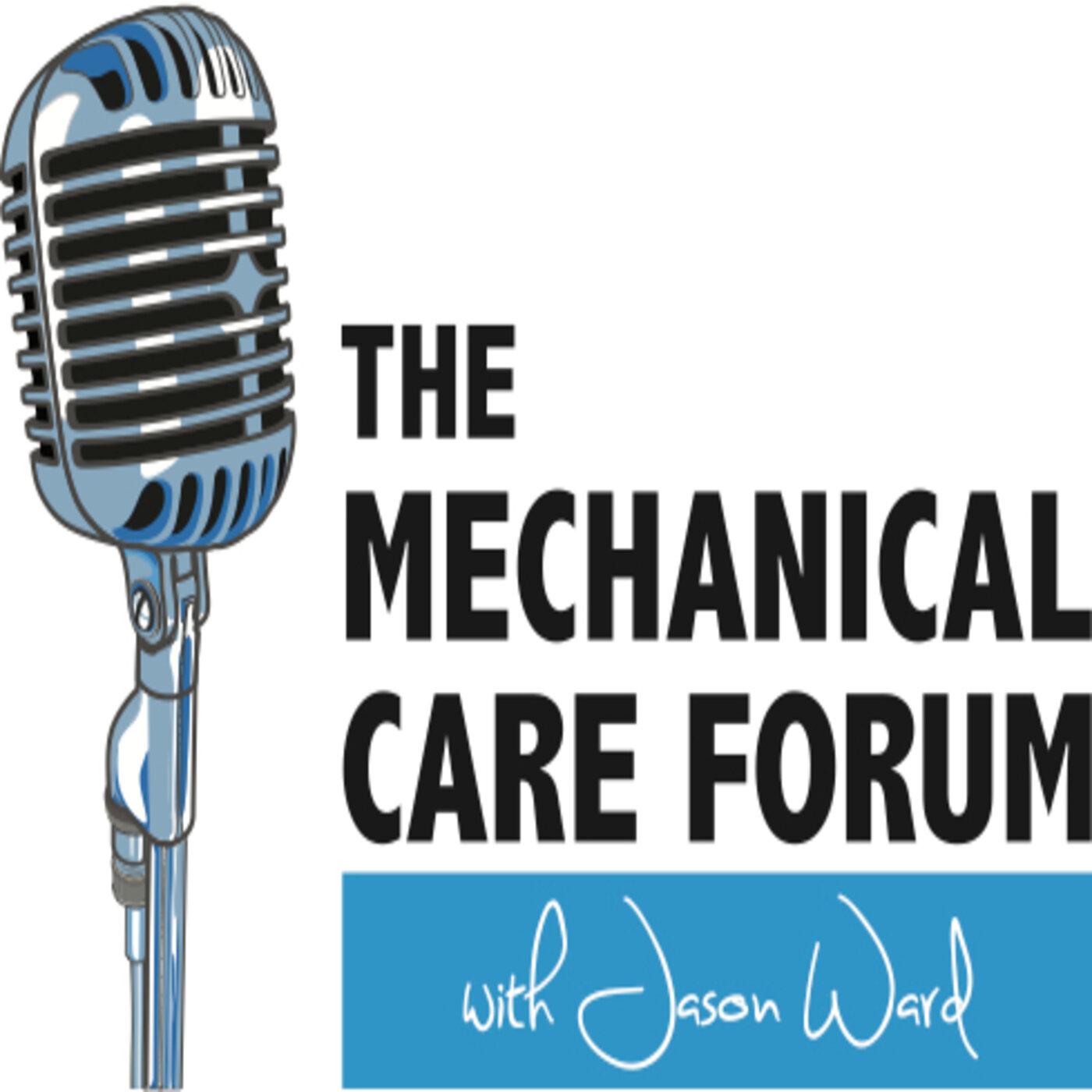In episode 9 of season 7 of Inside the Science we’re highlighting the study, “Effect of Information Content and General Practitioner Recommendation to Exercise on Treatment Beliefs and Intentions for Knee Osteoarthritis: An Online Multi-Arm Randomized Controlled Trial” with Dr. Belinda Lawford. You’ll hear her further share specifics on what prompted the study, how the study was carried out, her perspective on how this might be carried out in everyday practice, other studies on the topic, the clinical implications, and big takeaways.
Season 7, Episode 8 with Belinda Lawford: Removing pathoanatomical content from information pamphlets about knee osteoarthritis did not affect beliefs about imaging or surgery, but led to...
In episode 8 of season 7 of Inside the Science we’re highlighting the study, “Removing pathoanatomical content from information pamphlets about knee osteoarthritis did not affect beliefs about imaging or surgery, but led to lower perceptions that exercise is damaging and better osteoarthritis knowledge: An online randomized controlled trial” with Dr. Belinda Lawford. You’ll hear her give the backstory of what prompted the study, why a group was chosen without symptoms and were given a hypothetical scenario about knee osteoarthritis, specifics on the methods of the study, the important results discovered related to giving more information and including pathoanatomical terms or not, the clinical implications and big takeaways.
Season 7, Episode 5 with Pascale Granicher: Prehabilitation Improves Knee Functioning Before and Within the First Year After Total Knee Arthroplasty: A Systematic Review With Meta-analysis
In episode 5 of season 7 of Inside the Science, we’re highlighting the study, “Prehabilitation Improves Knee Functioning Before and Within the First Year After Total Knee Arthroplasty: A Systematic Review With Meta-analysis” with Dr. Pascale Granicher. She shares some specifics on the studies which met the inclusion criteria, which parameters measured showed some favor for the prehab intervention group, the clinical implications, and big takeaways.
Season 6, Episode 4 with David Hunter: Is a stepped-care intervention effective in overweight and obese people with medial tibiofemoral osteoarthritis? A randomized controlled trial
In episode 4 of season 6 of Inside the Science we’re highlighting the study, “Is a stepped-care intervention effective in overweight and obese people with medial tibiofemoral osteoarthritis? A randomized controlled trial” with Dr. David Hunter. He explains what prompted this work, how this study attempted to mimic clinical practice, why the criteria of subjects being obese was included, more on the methods, how subjects were stepped into the second phase, what qualified as disease remission, the clinical implications and the big takeaways.
Season 5, Episode 15 with Ian Harris: Arthroscopic partial meniscectomy: did it ever work?
In episode 15 of season 5 of Inside the Science we’re highlighting the study, “Arthroscopic partial meniscectomy: did it ever work?” with Dr. Ian Harris. He explains a bit of the history behind partial meniscectomy, the faulty thinking of its ability to cause a good outcome from its beginning, what systematic reviews on this topic have consistently shown, his thoughts on the those who would propose they have an effective selection process to favorably impact the results, the clinical implications and the big takeaways.
Season 5, Episode 6 with Ebonie Rio: Isometric Exercise to Reduce Pain in Patellar Tendinopathy In-Season: Is It Effective “on the Road?”
In episode 6 of season 5 of Inside the Science we’re highlighting the study, “Isometric Exercise to Reduce Pain in Patellar Tendinopathy In-Season; Is It Effective “on the Road?” with Dr. Ebonie Rio. She explains how load was applied through this Spanish squat variation, the importance of patient or subject adherence, how educating the patient was scripted including a careful choice of words used, how these results are partly due to natural history, more studies on patellar tendinopathy, the clinical implications and the big takeaways.
Season 5, Episode 5 with Richard Rosedale: Efficacy of Exercise Intervention as Determined by the McKenzie System of Mechanical Diagnosis and Therapy for Knee Osteoarthritis; An RCT
In episode 5 of season 5 of Inside the Science we’re highlighting the study, “Efficacy of Exercise Intervention as Determined by the McKenzie System of Mechanical Diagnosis and Therapy for Knee Osteoarthritis; A RCT” with Mr. Richard Rosedale. He shares some specifics of the methods important to understand, the operational definition of directional preference in this paper, the most important data he’d suggest we take from the results like the effect size, the clinical implications and the big takeaways.
Season 3, Episode 15 with Vincent Eggerding: Differences in Knee Shape between ACL Injured and Non-Injured: A Matched Case-Control Study of 168 Patients
In episode 15 of season 3 of Inside the Science, we’re highlighting the study, “Differences in Knee Shape between ACL Injured and Non-Injured: A Matched Case-Control Study of 168 Patients” with Dr Vincent Eggerding. He shares what led to this study, what these 5 general anatomical characteristics were which were associated with a greater likelihood of ACL rupture, what this means to clinicians working with those with and without ACL injuries and the big takeaways.
Season 2, Episode 10 with Evan Farina: Meniscal and Mechanical Symptoms and Association with Pathology
In episode 10 of season 2 of Inside the Science, we’re highlighting the study, “Meniscal and Mechanical Symptoms Are Associated with Cartilage Damage, Not Meniscal Pathology” with the author, Dr. Evan Farina. He shares a look at the findings of this study related to the association of patient-reported knee symptoms and pathology, how he’d suggest using this information to guide clinical behavior, how he’d educate patients, and the big takeaways. If you’d like to have a better knowledge on this topic, receive the full discussion with its author, a PDF, and an infographic on this study you can subscribe to Inside the Science.
